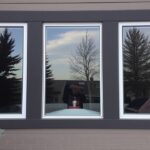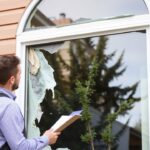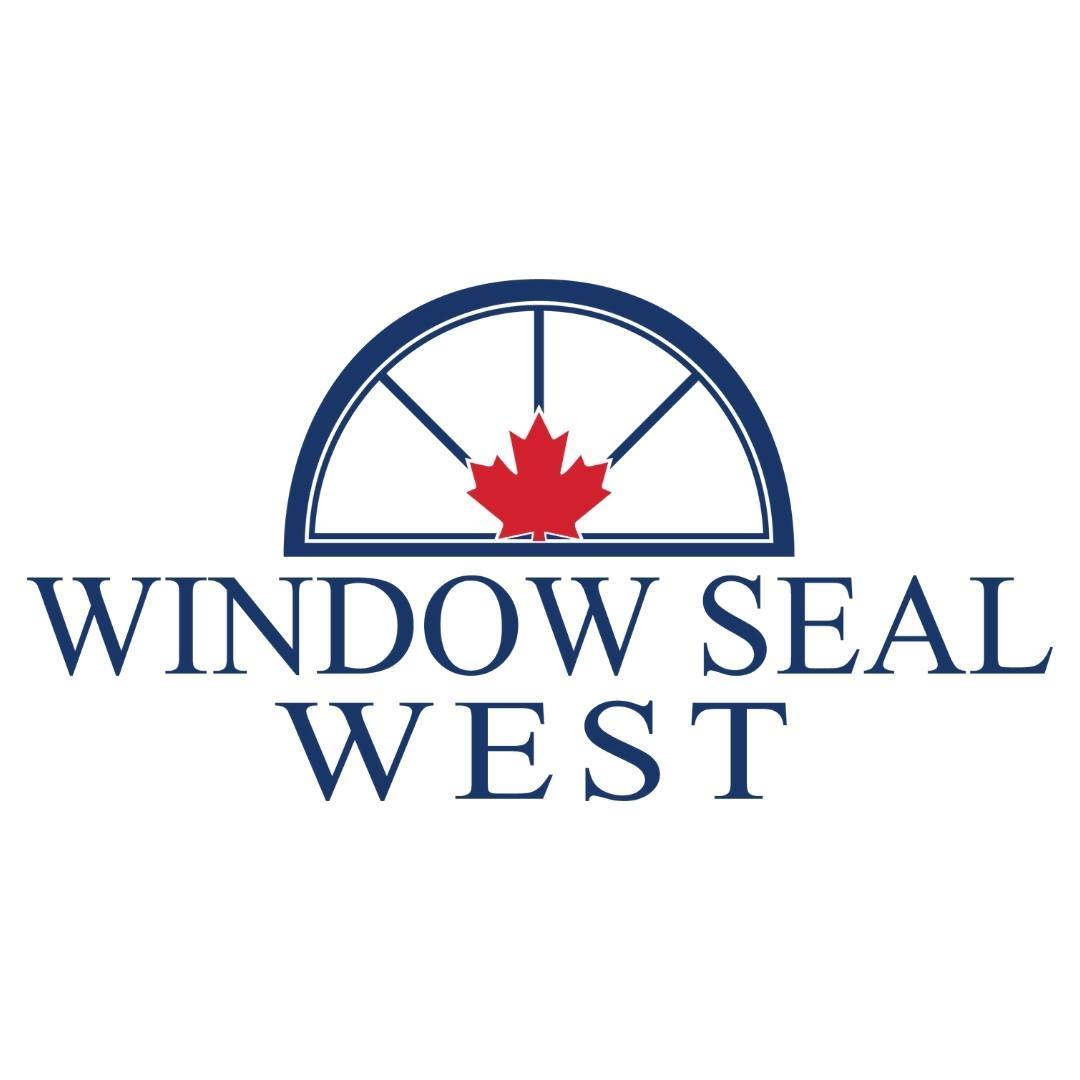One of the most telling signs that your windows may need replacement is the presence of drafts and air leaks. When windows are properly sealed, they should create a barrier that prevents outside air from infiltrating your home. However, over time, the seals around windows can deteriorate due to age, weather conditions, or poor installation.
This deterioration can lead to noticeable drafts, making certain areas of your home uncomfortably cold in winter or excessively warm in summer. If you find yourself reaching for a sweater in a room with closed windows, it’s a clear indication that your windows are no longer performing their intended function. To assess whether your windows are leaking air, you can conduct a simple test using a lit candle or incense stick.
On a windy day, hold the flame or smoke near the edges of the window frame. If the flame flickers or the smoke drifts, it’s a sign that air is escaping or entering through gaps in the window. This not only affects your comfort but can also lead to increased energy consumption as your heating and cooling systems work harder to maintain a consistent indoor temperature.
Addressing these drafts by replacing old windows can significantly enhance your home’s energy efficiency and overall comfort.
Difficulty Opening and Closing
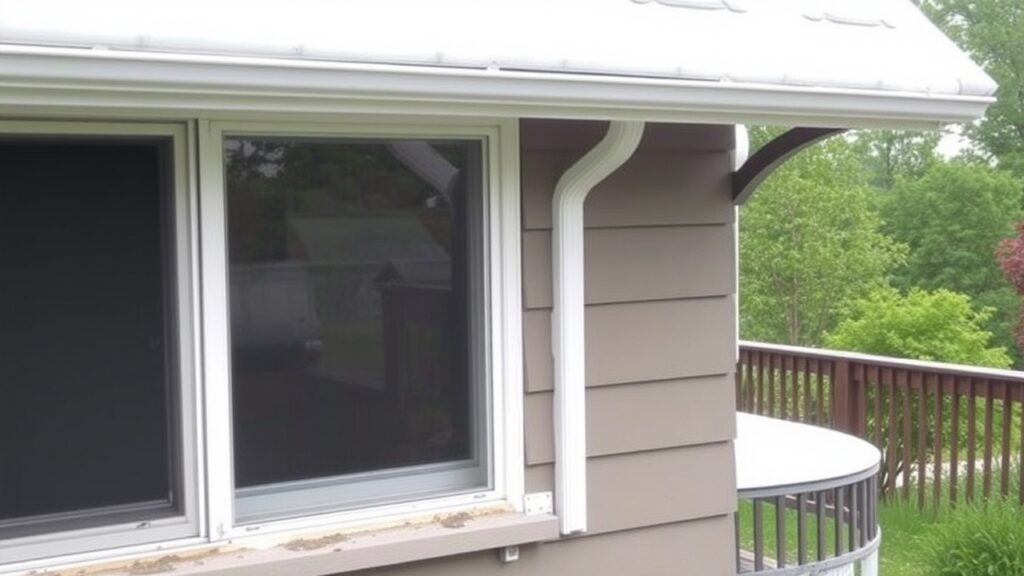
Another significant indicator that your windows may need replacement is difficulty in opening and closing them. Windows should operate smoothly, allowing for easy ventilation and access to fresh air. However, if you find yourself struggling to open or close your windows, it may be due to warped frames, damaged hardware, or accumulated dirt and debris in the tracks.
Over time, exposure to moisture and temperature fluctuations can cause wooden frames to swell or warp, leading to misalignment that makes operation cumbersome. In some cases, homeowners may attempt to force their windows open or closed, which can lead to further damage. If you notice that your windows stick or require excessive force to operate, it’s essential to evaluate their condition.
While some issues may be resolved with maintenance or repairs, persistent problems often indicate that the windows have reached the end of their lifespan. Replacing them with new, high-quality windows can restore ease of use and enhance the overall functionality of your home.
Condensation and Moisture Build-Up
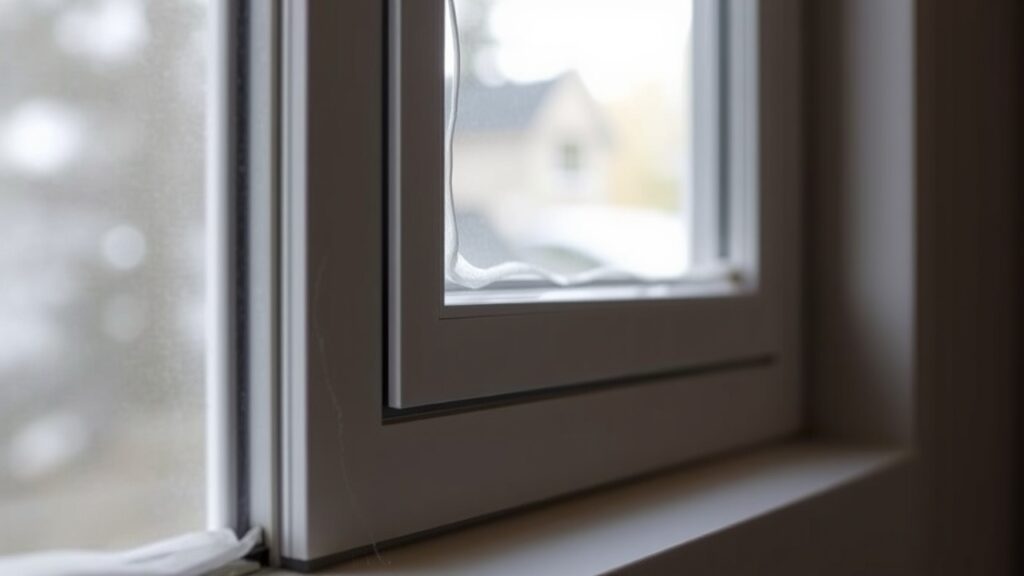
The presence of condensation and moisture build-up between window panes is another critical sign that replacement may be necessary. Double- or triple-pane windows are designed to provide insulation by trapping air between the panes. However, if you notice fogging or water droplets forming between the glass layers, it indicates that the seal has failed.
This failure allows moisture to enter the space between the panes, compromising the window’s insulating properties and leading to potential mold growth. Condensation on the interior surfaces of windows can also be a concern. While some moisture accumulation can be attributed to high indoor humidity levels, excessive condensation may suggest that your windows are not effectively regulating temperature differences between the inside and outside of your home.
This not only affects visibility but can also lead to water damage on window sills and surrounding areas. Replacing windows with modern, energy-efficient models can help mitigate these issues by providing better insulation and preventing moisture infiltration.
Increased Energy Bills
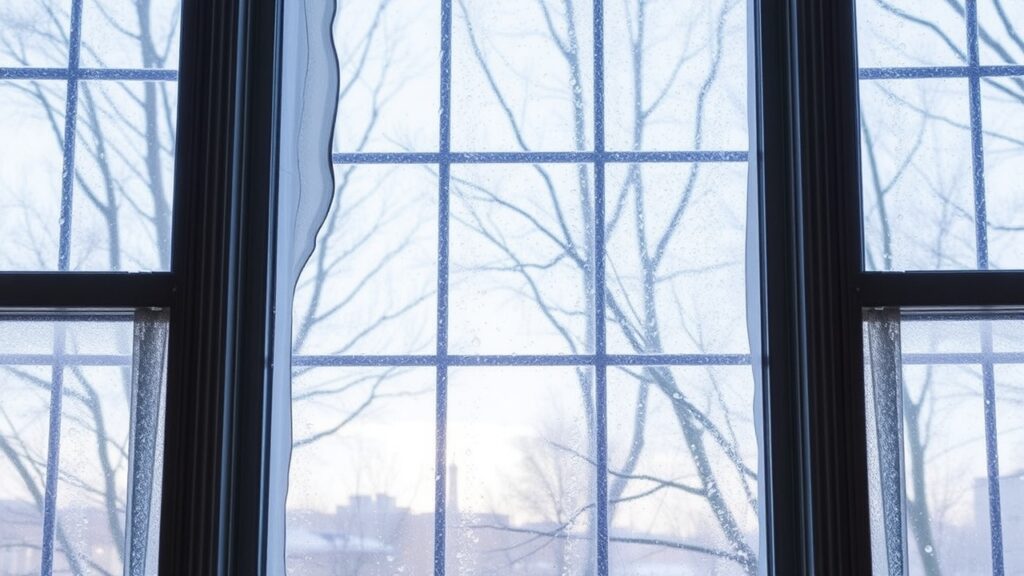
If you’ve noticed a significant increase in your energy bills without any corresponding changes in usage patterns, it may be time to evaluate your windows. Inefficient windows can be a major contributor to energy loss in homes, leading to higher heating and cooling costs. Older windows often lack the advanced insulation technologies found in newer models, allowing heat to escape during winter months and enter during summer months.
This inefficiency forces HVAC systems to work overtime, resulting in inflated energy expenses. Conducting an energy audit can help pinpoint areas where your home is losing heat or cool air. Many utility companies offer this service for free or at a reduced cost.
During an audit, professionals will assess your home’s insulation and identify any drafts or leaks around windows and doors. If your audit reveals that your windows are a significant source of energy loss, investing in replacement windows can yield substantial savings over time by improving energy efficiency and reducing monthly utility bills.
Visible Damage and Decay
Visible damage and decay on window frames are clear indicators that replacement is necessary. Wooden frames are particularly susceptible to rot and deterioration due to exposure to moisture and pests. Signs of decay may include peeling paint, soft spots on the wood, or visible mold growth.
These issues not only compromise the structural integrity of the window but can also lead to further damage if left unaddressed. In addition to wood decay, metal frames may exhibit rust or corrosion, while vinyl frames can become brittle and crack over time. Beyond aesthetic concerns, damaged windows pose security risks as well.
Compromised frames may not provide adequate protection against intruders, leaving your home vulnerable. If you notice any signs of visible damage on your windows, it’s crucial to assess their condition thoroughly. In many cases, replacing damaged windows is more cost-effective than attempting repairs that may only provide temporary solutions.
Outside Noise and Disturbance
Outdated Windows and Noise Pollution
Older or single-pane windows often lack the necessary insulation properties to block out external sounds such as traffic, construction, or neighbourhood activities. This can lead to a less peaceful living environment and increased stress levels for residents who value tranquilly in their homes.
Advancements in Window Design and Soundproofing
Modern window designs incorporate advanced soundproofing technologies that significantly reduce noise transmission. Double- or triple-pane glass with specialized coatings can create a barrier against sound waves, providing a quieter indoor atmosphere.
Enhancing Your Living Experience with Noise-Reducing Windows
If you live in a noisy area and find it increasingly difficult to enjoy peace and quiet within your home, replacing your old windows with newer models designed for sound insulation can greatly enhance your living experience.
Outdated and Inefficient Design
Finally, outdated and inefficient window designs can be a compelling reason for replacement. Many homes built several decades ago feature single-pane glass or outdated frame materials that do not meet current energy efficiency standards. These older designs not only lack modern insulation technologies but also often come with limited aesthetic appeal compared to contemporary options available today.
Investing in new windows allows homeowners to choose from a variety of styles, materials, and energy-efficient features that align with their preferences and needs. For instance, low-E glass coatings can reflect heat while allowing natural light to enter, enhancing both comfort and aesthetics. Additionally, modern window designs often come with improved locking mechanisms and safety features that provide better security for your home.
By upgrading to newer window models, you not only improve energy efficiency but also enhance the overall look and feel of your living space. In summary, recognizing the signs that indicate your windows need replacement is crucial for maintaining comfort, energy efficiency, and security in your home. From drafts and air leaks to visible damage and outdated designs, each indicator serves as a reminder that investing in new windows can yield significant benefits for both your living environment and financial well-being.
FAQs
What are the signs that indicate windows need to be replaced?
Some signs that indicate windows need to be replaced include drafts and air leaks, difficulty opening and closing, condensation and moisture build-up, increased energy bills, visible damage and decay, outside noise and disturbance, and an outdated and inefficient design.
How do drafts and air leaks indicate that windows need to be replaced?
Drafts and air leaks around windows can indicate that the seals are no longer effective, allowing air to enter or escape from the home. This can lead to energy loss and discomfort and may indicate that the windows need to be replaced.
Why does difficulty opening and closing windows indicate that they need to be replaced?
Difficulty opening and closing windows can be a sign of warped or damaged frames, which can affect the functionality and energy efficiency of the windows. In such cases, it may be necessary to replace the windows.
What does condensation and moisture build-up on windows indicate?
Condensation and moisture build-up on windows can indicate that the seals are failing, allowing moisture to accumulate between the panes of glass. This can lead to mould and mildew growth and may indicate that the windows need to be replaced.
How can increased energy bills be a sign that windows need to be replaced?
Increased energy bills can be a sign that windows are not effectively insulating the home, leading to energy loss. This can be caused by drafts, air leaks, or poor insulation and may indicate that the windows need to be replaced.
What visible damage and decay should homeowners look for in their windows?
Homeowners should look for visible signs of damage and decay such as rotting wood, cracked or broken glass, or damaged frames. These issues can affect the functionality and energy efficiency of the windows and may indicate that they need to be replaced.
How can outside noise and disturbance indicate that windows need to be replaced?
Outside noise and disturbance can indicate that the windows are not effectively blocking sound, which can be a sign of poor insulation or seal failure. In such cases, it may be necessary to replace the windows to improve sound insulation.
What are the drawbacks of having an outdated and inefficient window design?
An outdated and inefficient window design can lead to poor energy efficiency, reduced comfort, and higher energy bills. It may also affect the overall aesthetic and functionality of the home and may indicate that the windows need to be replaced with more modern and efficient designs.
